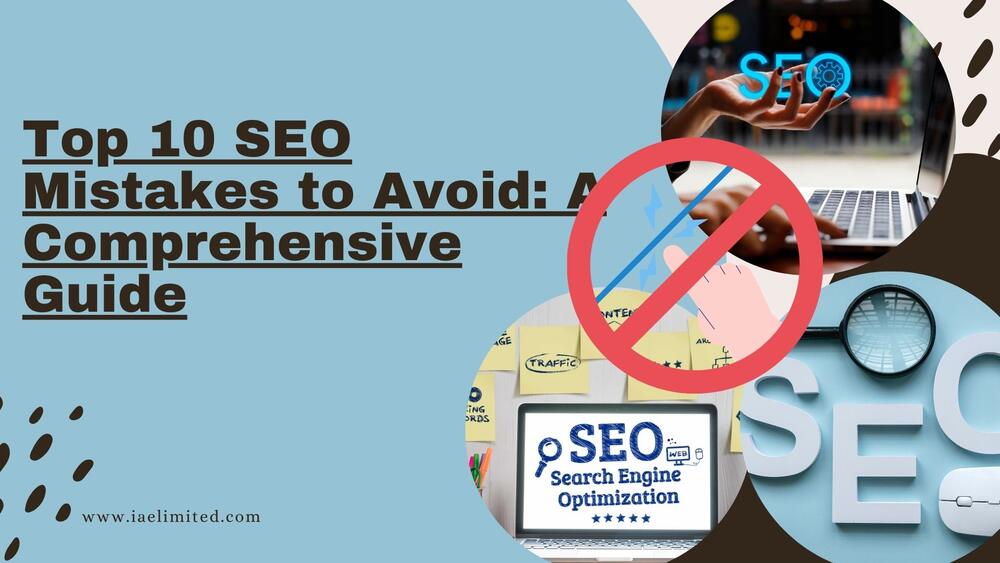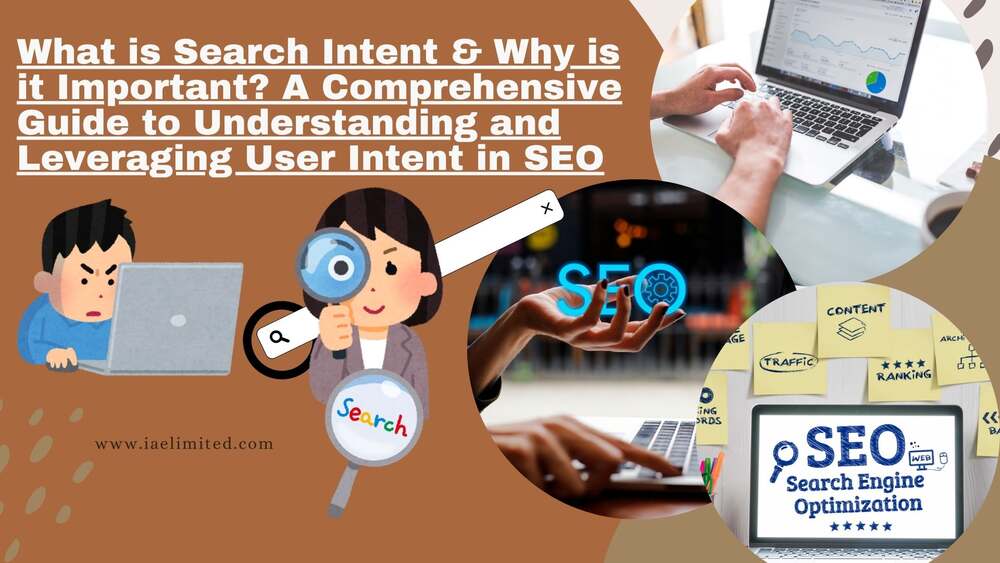
In today’s digital age, search engine optimization (SEO) is crucial for businesses to thrive online. By ranking higher in search engine results pages (SERPs), you can attract more organic traffic and boost your visibility.
However, many common SEO mistakes can hinder your efforts. In this comprehensive guide, we’ll explore the top 10 mistakes to avoid and provide actionable tips for SEO success.
Common SEO Mistakes to Avoid
Table of Contents
1. Keyword Stuffing
One of the most common SEO blunders is keyword stuffing. While it might seem tempting to overload your content with keywords, this practice can actually harm your rankings.
Search engines have become sophisticated enough to detect unnatural keyword usage, and they may penalize your website. Instead of focusing solely on keyword density, prioritize creating high-quality, informative content that naturally incorporates your target keywords.
Check out this article from semrush.com, this article will guide you step by step on how to avoid keyword stuffing and rank higher on google search.
Example:
- Bad: “Buy cheap sneakers online – best price guaranteed.”
- Good: “Discover stylish sneakers for men and women at affordable prices. Enjoy free shipping on all orders.”
2. Neglecting Mobile Optimization
With the increasing number of mobile users, it’s essential to ensure your website is mobile-friendly. Google has implemented mobile-first indexing, meaning it prioritizes mobile-friendly websites in search results.
If your website isn’t optimized for mobile devices, you risk losing out on potential traffic and conversions. Checkout why mobile optimization is very important for SEO on browserstack.com.
Key considerations for mobile optimization:
- Responsive design: Ensure your website adapts to different screen sizes.
- Fast loading times: Optimize images and code for mobile devices.
- Easy navigation: Make it simple for users to navigate your website on smaller screens.
3. Slow Website Speed
Website speed is another critical factor in SEO. Slow loading times can frustrate visitors and lead to higher bounce rates. Google also considers website speed as a ranking factor. To improve your website’s speed, optimize images, minimize code, use a content delivery network (CDN), and leverage browser caching.
Tips for improving website speed:
- Optimize images: Compress images without compromising quality.
- Minimize code: Remove unnecessary code and use efficient coding practices.
- Leverage caching: Store frequently accessed files locally to reduce loading times.
- Use a CDN: Distribute your website’s content across multiple servers to improve performance.
4. Ignoring User Experience (UX)
A positive user experience is essential for SEO success. Users are more likely to stay on your website and share it with others if it’s easy to navigate, visually appealing, and provides valuable information. Focus on clear navigation, intuitive design, and well-structured content.
Key elements of a good user experience:
- Clear navigation: Use a logical menu structure and breadcrumbs.
- Intuitive design: Create a visually appealing and user-friendly layout.
- Well-structured content: Break up your content with headings, subheadings, and bullet points.
- Accessibility: Ensure your website is accessible to users with disabilities.
5. Lack of Quality Backlinks
Backlinks are links from other websites pointing to yours. They signal to search engines that your website is valuable and relevant. However, the quality of backlinks matters more than the quantity. Build high-quality backlinks by creating valuable content that others want to link to.
Strategies for building quality backlinks:
- Guest posting: Write articles for other websites in your industry.
- Broken link building: Find broken links on other websites and offer to replace them with links to your relevant content.
- Social media marketing: Share your content on social media platforms to attract backlinks.
- Directory submissions: Submit your website to relevant online directories.
6. Using Low-Quality Content
Search engines prioritize high-quality content. If your content is thin, poorly written, or irrelevant, it’s unlikely to rank well in search results. Create informative, engaging, and original content that provides value to your audience.
Tips for creating high-quality content:
- Conduct thorough research: Gather information from reliable sources.
- Write engaging content: Use a conversational tone and avoid jargon.
- Optimize for keywords: Naturally incorporate your target keywords throughout your content.
- Proofread carefully: Ensure your content is free of errors.
7. Not Updating Old Content
Over time, your content may become outdated. Keeping your content fresh and up-to-date is essential for maintaining your website’s relevance and search engine rankings. Regularly review your older content and update it with new information or insights.
Strategies for updating old content:
- Add new information: Incorporate recent developments or statistics.
- Expand on existing points: Provide more details or examples.
- Fix errors or inconsistencies: Correct any mistakes or inaccuracies.
- Repurpose content: Turn old blog posts into infographics, videos, or social media posts.
8. Ignoring Local SEO
If you’re a local business, optimizing your website for local search is crucial. Local SEO helps you appear in search results when users search for businesses near them. Create a Google My Business profile, optimize your website’s content with local keywords, and encourage customers to leave reviews.
Key elements of local SEO:
- Google My Business profile: Complete and optimize your profile with accurate information.
- Local keywords: Use location-specific keywords in your content.
- Citations: Ensure your business information is consistent across online directories.
- Reviews: Encourage customers to leave positive reviews on Google and other platforms.
9. Not Tracking and Analyzing SEO Performance
To measure your SEO efforts’ success, it’s essential to track and analyze your website’s performance. Use tools like Google Analytics and Google Search Console to monitor your website’s traffic, rankings, and user behavior.
Key metrics to track:
- Organic traffic: Monitor the amount of traffic coming from search engines.
- Keyword rankings: Track your website’s position for target keywords.
- Bounce rate: Measure the percentage of visitors who leave your website after viewing one page.
- Time on site: Track how long visitors stay on your website.
10. Overlooking Technical SEO
Technical SEO refers to the behind-the-scenes aspects of your website that affect how search engines crawl and index your content. Ensure your website has a clean code structure, optimized images, and a well-structured sitemap.
You can check out our article on advanced SEO strategy and beginners SEO strategy. This article will guide you on how to work on your SEo and achieve that high ranking you have ever wanted.
Technical SEO best practices:
- Mobile-friendliness: Ensure your website is compatible with mobile devices.
- Site speed: Optimize your website’s loading speed.
- XML sitemap: Create an XML sitemap to help search engines understand your website’s structure.
- Robots.txt file: Use a robots.txt file to instruct search engines which pages to crawl.
- HTTPS: Use HTTPS to secure your website and improve user trust.
In Conclusion

By avoiding these common SEO mistakes and implementing best practices, you can improve your website’s visibility in search engine results and attract more organic traffic. Remember, SEO is an ongoing process, so continuously monitor your website’s performance and make adjustments as needed.





